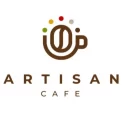Discover Ataco: A Journey Through History, Culture and Charm in El Salvador’s Iconic Town
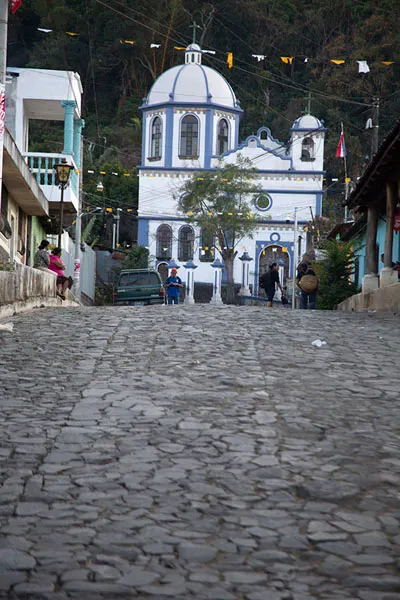
Nestled in the mountains of Ahuachapán, surrounded by coffee plantations and bohemian vibes, Ataco is one of El Salvador’s most picturesque and lively towns. With its cobblestone streets, colorful murals, and a mix of traditional and modern atmosphere, this gem along the “Ruta de las Flores” is a must-visit destination.
But Ataco isn’t just a pretty town—it’s a place with a fascinating history, vibrant culture, and an economy fueled by coffee, tourism, and art. Want to discover everything it has to offer? Come along for the ride!
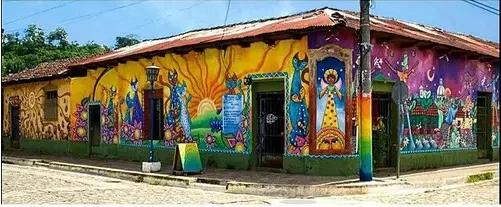
Ataco’s History: From Indigenous Roots to Today
Pre-Columbian Origins
Ataco traces its roots back to pre-Hispanic times when it was inhabited by Lenca and Pipil tribes. Its name comes from the Nahuat word “Ataco,” meaning “Place of High Springs,” a nod to the area’s abundant streams and natural water sources.
Colonial Era & Founding
During Spanish colonization, Ataco was established as a settlement under the Sonsonate Mayor’s Office. Its growth was tied to indigo production, a prized blue dye exported to Europe. Over time, it became a key hub for trade and agriculture.
19th Century: Coffee Boom
The rise of coffee in El Salvador transformed Ataco into a major producer. Wealthy families built coffee estates and grand houses, many of which still stand today.
20th Century: Conflict & Revival
During the Salvadoran Civil War (1980-1992), Ataco, like many rural areas, was deeply affected. But in recent decades, it has reinvented itself as a cultural and tourist hotspot, attracting visitors from around the world.
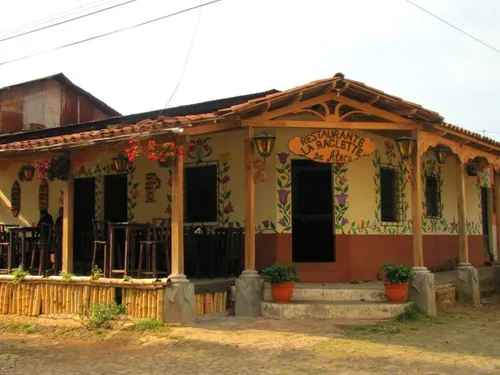
Ataco Today: Economy, Culture & Tourism
Economy: Coffee, Crafts & More
Ataco remains an agricultural town, but its economy has diversified:
- High-Altitude Coffee: Produces some of El Salvador’s best coffee, with farms offering tours and tastings.
- Handicrafts: Workshops for weaving, pottery, and woodworking keep traditions alive.
- Tourism: Hostels, restaurants, and souvenir shops create jobs and energy.
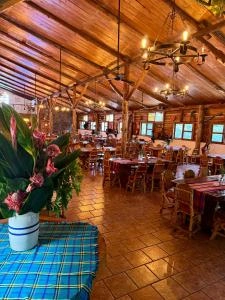
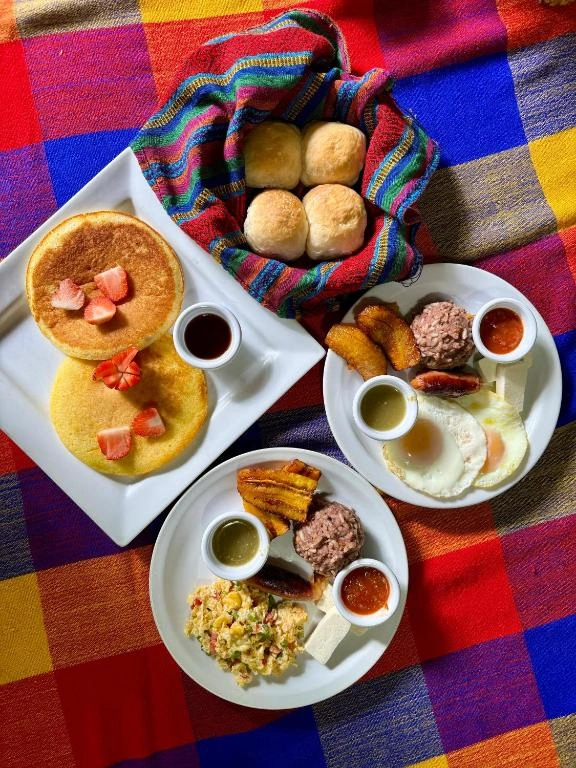
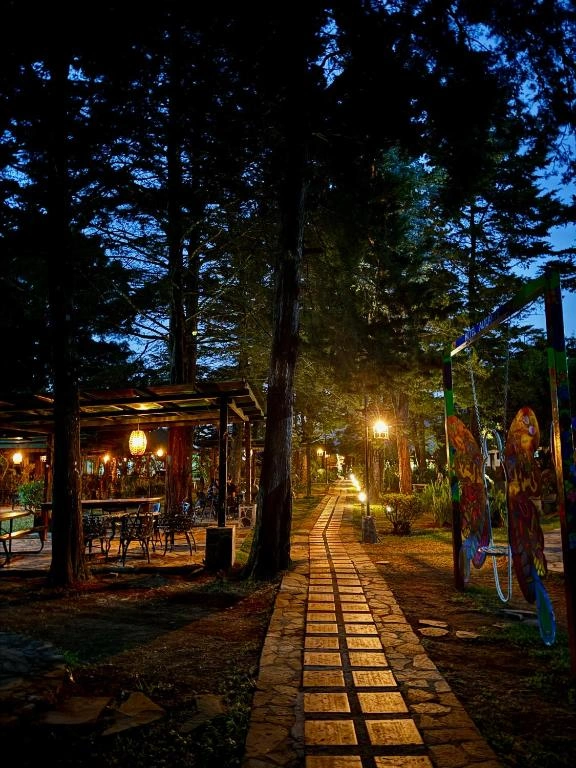
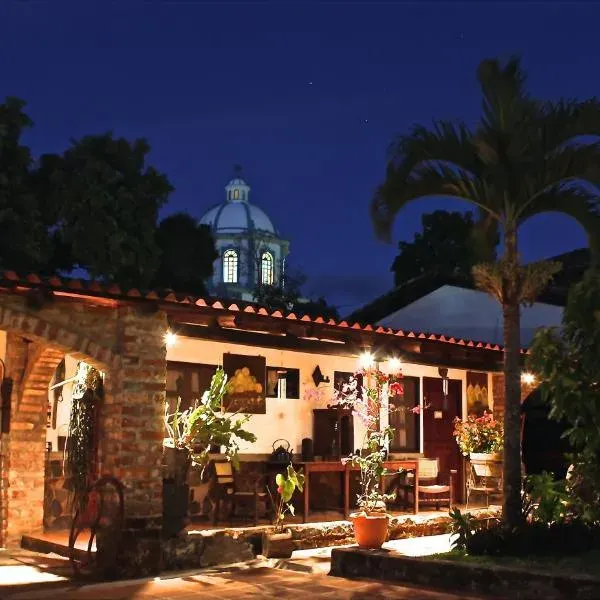
Living Culture: Art & Tradition
- Street Murals: Ataco’s walls are an open-air museum, with artworks telling local stories.
- Festivals: The Ataco Carnival (November) and Patron Saint Festivals (honoring Santa Lucía) are must-sees.
- Food: Try loroco pupusas, “café de olla” (spiced coffee), and traditional sweets.
What to Do in Ataco? Unique Places & Experiences
1. Stroll Through the Historic Center
- Colorful cobblestone streets.
- Santa Lucía Church, an architectural gem.
- Central Plaza, perfect for photos and soaking in the vibe.
2. Explore the Artistic Murals
Each mural tells a story—from Pipil legends to rural life.
3. Visit Coffee Farms
- El Carmen Estate: Tour from bean to cup.
- El Impossible Coffee: Gourmet coffee tasting.
4. Shop for Handicrafts
- Doña María’s Weaving Workshop: Handmade blankets and hammocks.
- Traditional Pottery: Unique clay pots and decor.
5. Nature Adventures
- El Carmen Lookout: Panoramic mountain views.
- El Limo Waterfall: A refreshing hike nearby.
6. Relax in Bohemian Cafés
- La Casa de Mamá Lola Café: Rustic vibe with live jazz.
- Entre Nubes Café & Nursery: A hidden garden with valley views.
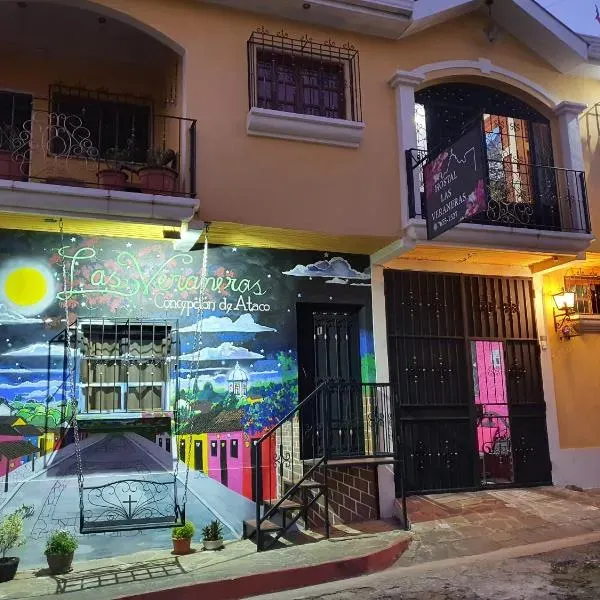
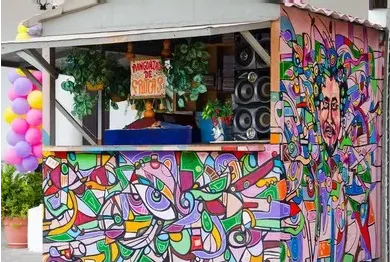
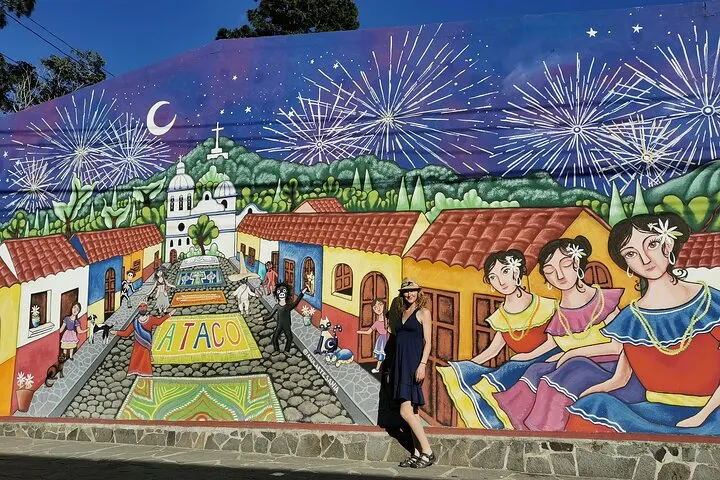
How to Get There & Where to Stay?
- From San Salvador: 1.5-hour drive (route to Ahuachapán).
- Public Transport: Buses from Sonsonate or Ahuachapán.
- Where to Stay: Budget hostels or boutique hotels like Hotel y Restaurante El Jardín de Celeste.
Final Thoughts: Why Visit Ataco?
Ataco isn’t just a pretty town—it’s a step back in time, a cultural experience, and a nature retreat. Whether you’re into history, coffee, art, or adventure, this corner of Ahuachapán is waiting to charm you.
Ready to explore? Let yourself fall in love with Ataco’s magic!
